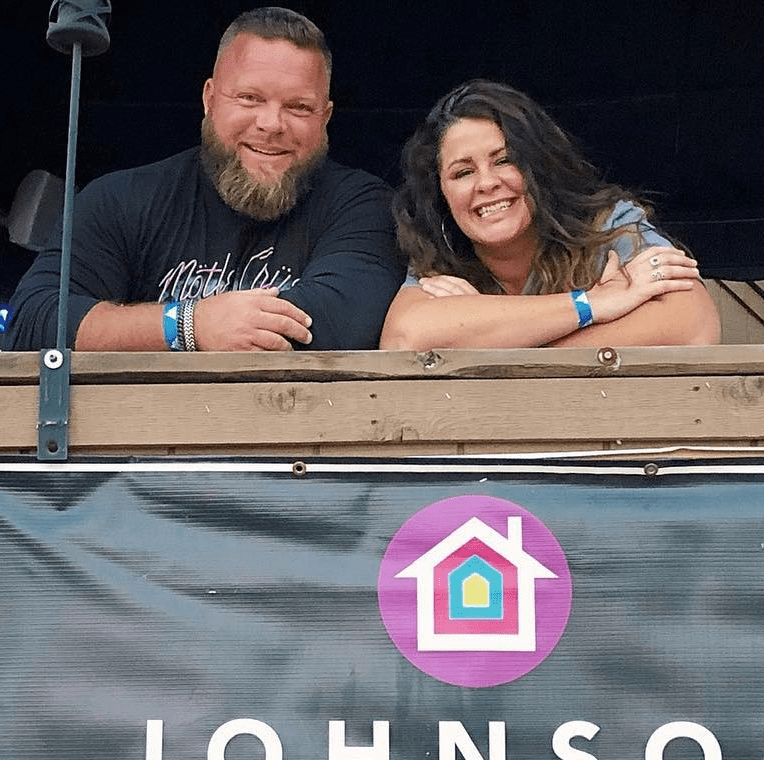Roll roofing, often referred to as “roll-out roofing,” is a versatile and cost-effective roofing material that has gained popularity for various applications.
Whether you’re a homeowner looking for an affordable roofing solution or a contractor seeking versatility in your projects, roll roofing might just be the answer you’re looking for. In this detailed blog post, we’ll dive into:
- What roll roofing is
- Its pros and cons
- Different types available
- Its longevity
- Cost considerations
- The properties it works best on
What is Roll Roofing?

Roll roofing is a lightweight roofing material typically made from the same materials as traditional asphalt shingles, including asphalt-saturated felt or fiberglass matting. It comes in rolls, hence the name, and is installed by rolling it out onto the roof surface. Roll roofing is commonly used on low-slope or flat roofs but can also be used on sheds, garages, and other small structures.
✅ Pros of Roll Roofing:
- Affordability: Roll roofing is one of the most budget-friendly roofing options available, making it an attractive choice for homeowners on a tight budget or for temporary roofing needs.
- Ease of Installation: Installation of roll roofing is relatively straightforward and can often be done by homeowners with basic DIY skills, saving on labor costs.
- Versatility: Roll roofing can be used on a variety of roof shapes and sizes, including flat and low-slope roofs, as well as on small structures like sheds and outbuildings.
- Durability: While not as durable as some other roofing materials, roll roofing can still provide adequate protection for several years when properly installed and maintained.
- Availability: Roll roofing is readily available at most home improvement stores and roofing supply outlets, making it convenient to purchase.
❌ Cons of Roll Roofing:
- Limited Lifespan: Roll roofing typically has a shorter lifespan compared to other roofing materials, with an average expectancy of 5 to 10 years, depending on factors such as climate and maintenance.
- Susceptibility to Damage: Roll roofing is more prone to damage from hail, wind, and other environmental factors compared to materials like asphalt shingles or metal roofing.
- Aesthetic Limitations: While roll roofing is available in a variety of colors and styles, it may not offer the same aesthetic appeal as other roofing materials, which could be a consideration for homeowners concerned with curb appeal.
- Not Suitable for Steep Roofs: Due to its design and installation method, roll roofing is not recommended for use on steeply pitched roofs.
Different Types of Roll Roofing
There are different styles of rolled roofing to consider, if your are looking to installing roll roofing. Here are some of them:
Asphalt Roll Roofing:
The most common type of roll roofing, asphalt roll roofing is made from asphalt-saturated felt and coated with asphalt or other waterproofing materials. It is available in various colors and thicknesses to suit different needs.
Fiberglass Roll Roofing:
Fiberglass roll roofing is similar to asphalt roll roofing but uses a fiberglass matting instead of felt. This makes it lighter and more durable than traditional asphalt roll roofing.
Peel-and-Stick Roll Roofing:
Also known as self-adhering or self-sealing roll roofing, this type features an adhesive backing that allows for easy installation without the need for heating or special equipment.
Longevity of Roll Roofing
The longevity of roll roofing depends on several factors, including the quality of the material, proper installation, and maintenance. On average, roll roofing can last anywhere from 5 to 10 years, but some higher-quality products may last longer. Regular inspections and maintenance can help prolong the lifespan of roll roofing.
Cost Considerations
The cost of roll roofing varies depending on factors such as the type of material, quality, and size of the roof. On average, roll roofing typically costs between $1.50 to $3.00 per square foot for materials, making it one of the most affordable roofing options available. Installation costs will vary depending on the complexity of the project and whether it is done by a professional contractor or DIY.
Properties Roll Roofing Works Best On
Rolled roofing isn’t right for every type of property. If you want to install rolled roofing, make sure your property is one of the following:
Low-Slope or Flat Roofs:
Roll roofing is best suited for low-slope or flat roofs where traditional shingles may not be suitable due to water runoff issues.
Small Structures:
Roll roofing is often used on small structures such as sheds, garages, and outbuildings where cost-effectiveness and ease of installation are important factors.
Temporary Roofing Needs:
Due to its affordability and ease of installation, roll roofing is commonly used for temporary roofing needs, such as covering a roof damaged by a storm or during construction projects.
Professional Roll Roofing Installation

Roll roofing offers a cost-effective and versatile roofing solution for a variety of applications. While it may not have the same longevity or aesthetic appeal as some other roofing materials, its affordability and ease of installation make it a popular choice for homeowners and contractors alike. By understanding its pros and cons, different types available, longevity, costs, and ideal properties, you can determine whether roll roofing is the right choice for your roofing needs.
Contact Johnson Restoration to learn if roll roofing material is right for your existing roof.






